Balenciaga, Chanel and Dior Helped Dress the Cast of ‘Cristóbal Balenciaga’
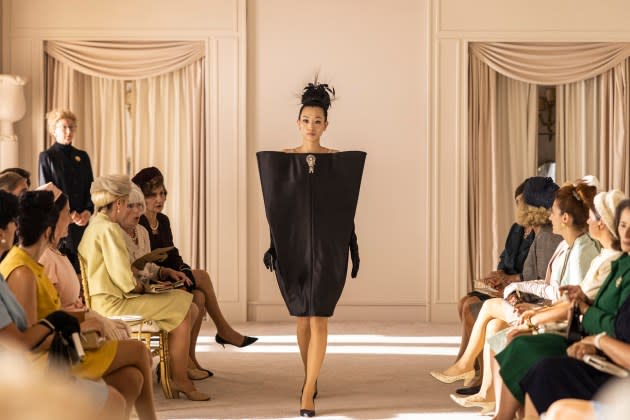
PARIS — Cristóbal Balenciaga, the Spanish couturier who reigned for three decades at the pinnacle of his profession, was known as the most demanding designer of his generation. But that did not deter Bina Daigeler from replicating some of his most famous creations for “Cristóbal Balenciaga,” the eagerly awaited Disney+ series exploring the life of the secretive master.
“I didn’t hesitate. I thought just, wow, that is an amazing project and what a responsibility,” the award-winning costume designer told WWD in an interview ahead of the streaming show’s release in Europe on Friday.
More from WWD
Dior's Floral Campaign, Brooklyn Beckham in Milan, Pharrell's Collaboration Tease
Jenna Ortega Dons Romantic Christian Dior Dress With Sheer and Floral Details for Emmy Awards 2023
“I’m also a perfectionist and I think my big advantage in a project like that is that my [training] comes from haute couture, so I’m myself a tailor,” she noted.
The six-episode Spanish-language series is a dream for a film costumier, as fashion drives the plot, which focuses on the period between 1937, when the designer presented his first haute couture collection in Paris, and his death in 1972.
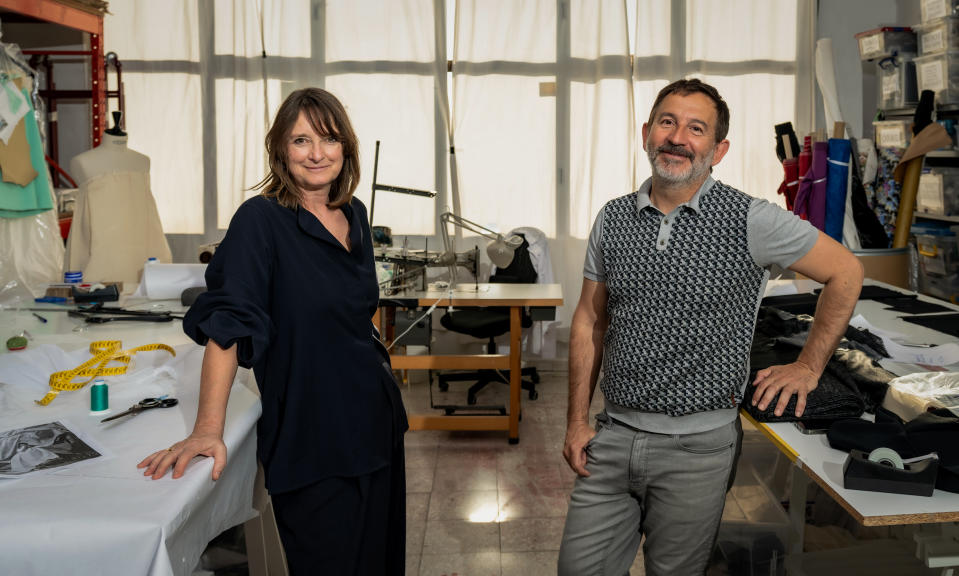
Since Balenciaga rarely appeared in public and only gave a handful of interviews, the only thing that is amply documented is his work.
When it came to research, Daigeler and her codesigner, Pepo Ruiz Dorado, were able to count on the help of the house of Balenciaga, which is now owned by French luxury group Kering, as well as Miren Arzalluz, director of the Palais Galliera fashion museum in Paris and former head of the Cristóbal Balenciaga Foundation in Getaria, Spain.
“On some of the dresses, we had the possibility, the chance to see them in life, but then later on my workroom was in Madrid so we had to do it all based on pictures and books,” said the German-born designer, who moved to Spain in the ’80s.
“The research process is super important because when you are looking at all these photographs of the times and you study them, you really educate your eye and that helps you to translate it to your own work,” she added.
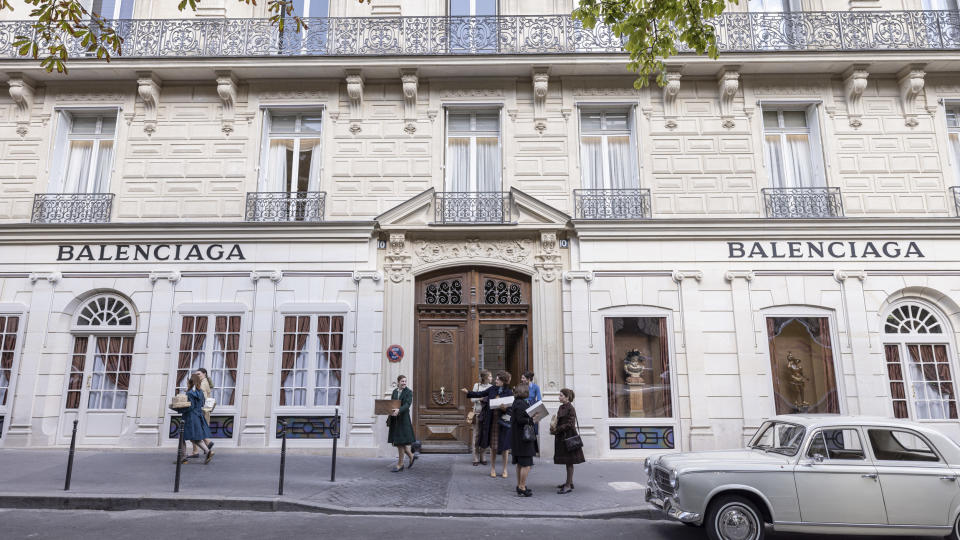
The Balenciaga teams shared sketches, photographs and videos from its archives and provided access to its couture salons at 10 Avenue George V. The house revived the address in 2021 when Demna, its current creative director, showed its first couture collection in 53 years in a fully restored version of the original space.
The in-house experts also reviewed the script with directors Aitor Arregi, Jon Garaño and Jose Mari Goenaga, who — like Balenciaga himself — come from the Basque country, the area straddling the border between France and Spain along the Bay of Biscay.
Spanish actor Alberto San Juan had to learn both French and Basque, not to mention sewing techniques, to play the titular character.
In a statement, the house of Balenciaga said it was keen to “encourage accuracy and ensure a compelling narrative to reflect Cristóbal Balenciaga’s journey. However, the story remains fictional and a free interpretation of Disney+. Balenciaga is not accountable for exact accuracy, timeline nor artistic choices.”
Since Balenciaga’s personality remains a mystery to even fashion connoisseurs, many will relish the scenes evoking his relationships with peers including Gabrielle “Coco” Chanel, Christian Dior and above all, Hubert de Givenchy, who considered him a mentor. It also spotlights his life and business partners Wladzio d’Attainville and Ramón Esparza.
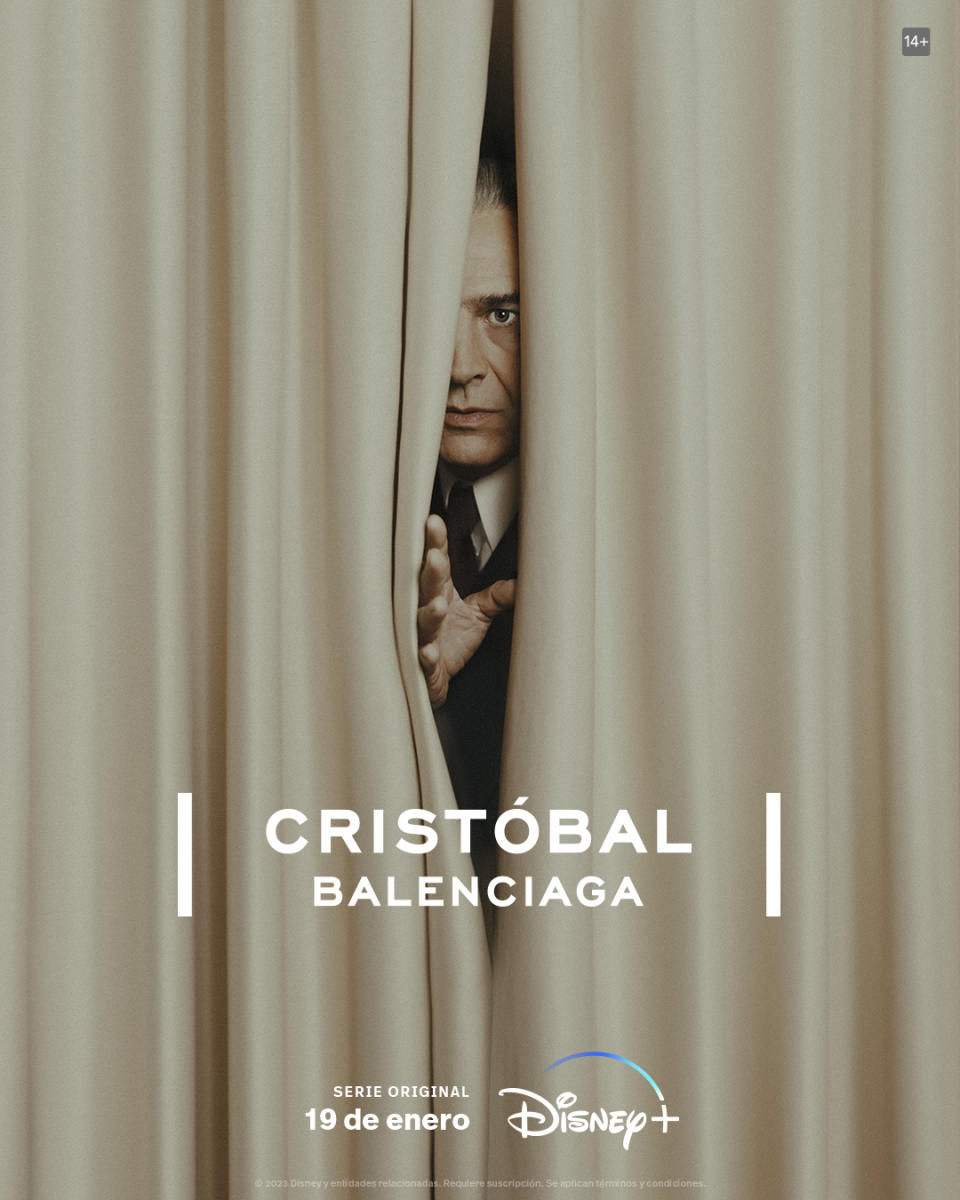
The series attempts to shed light on the multilayered personality of the designer, who never attended fittings or took a bow at the end of his shows, setting a template for elusive creative directors from Martin Margiela to Hedi Slimane.
“He was ahead of his time in marketing and communication strategies, artistic and business control, and identity of his fashion designs. He was fashion’s first creative director and his life and work have an astonishingly contemporary and relevant reading,” Sofía Fábregas, vice president of original production at Disney+ Spain, said in a statement.
With credits including Spanish productions such as Pedro Almodóvar’s “All About My Mother” and “Volver,” as well as international films and television series including “Narcos,” “Snowden,” “Mulan” and “Tár,” Daigeler clearly had the chops to tackle such a massive undertaking.
Her next project is “Mother Mary,” another style-centric affair starring Anne Hathaway as a fictional pop star and Michaela Coel as a fashion designer. But outfitting the “Balenciaga” cast was especially complex.
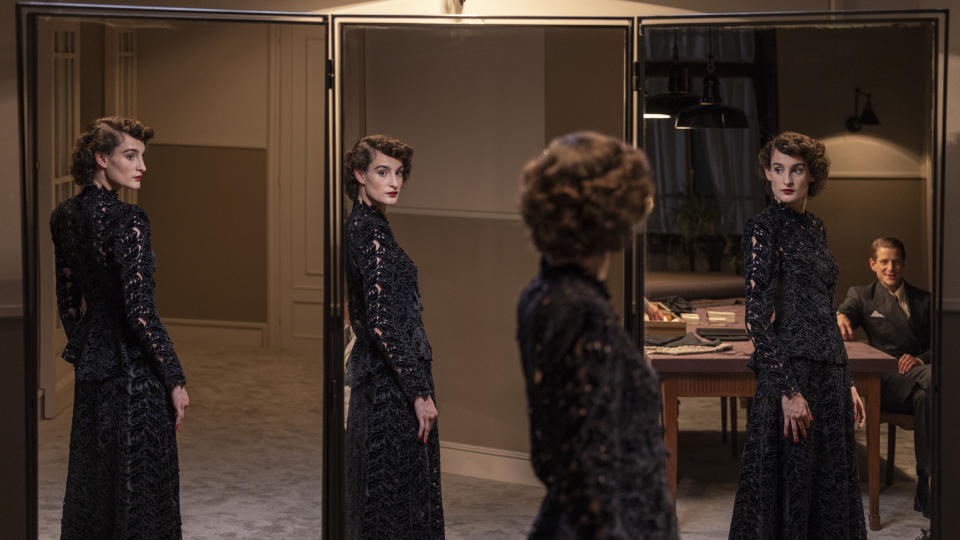
“I learned a lot, for example, dressing fashion shows. It was not something that I was used to doing, and so learning to find the right model for each of the dresses, that was a super interesting process,” she said, singling out Nine d’Urso, the daughter of French style icon Inès de la Fressange, who plays longtime house model Colette.
“She was just fantastic,” Daigeler enthused. “She has just the right attitude and image.”
The costume designer oversaw most of the fashion show segments in the series, which also feature collections by Dior and Chanel. “Both houses helped us,” she said, noting that Dior’s famed Bar jacket was reproduced by Atelier Caraco, a specialized workshop in Paris.
Meanwhile, Chanel worked with Daigeler on the looks worn by French actress Anouk Grinberg, who plays Coco Chanel, loaning archival pieces from costume jewelers Goossens and Desrues. Its specialized workshops Maison Michel, Massaro and Lemarié also made hats, shoes and fabric flowers.
“We tried to be very authentic and to do justice to these amazing designers and these amazing haute couture houses,” Daigeler explained.
She also had to show the garments in various stages of construction for the atelier sequences, which provide insight into why it was so daunting to reproduce Balenciaga’s complex architectural creations.
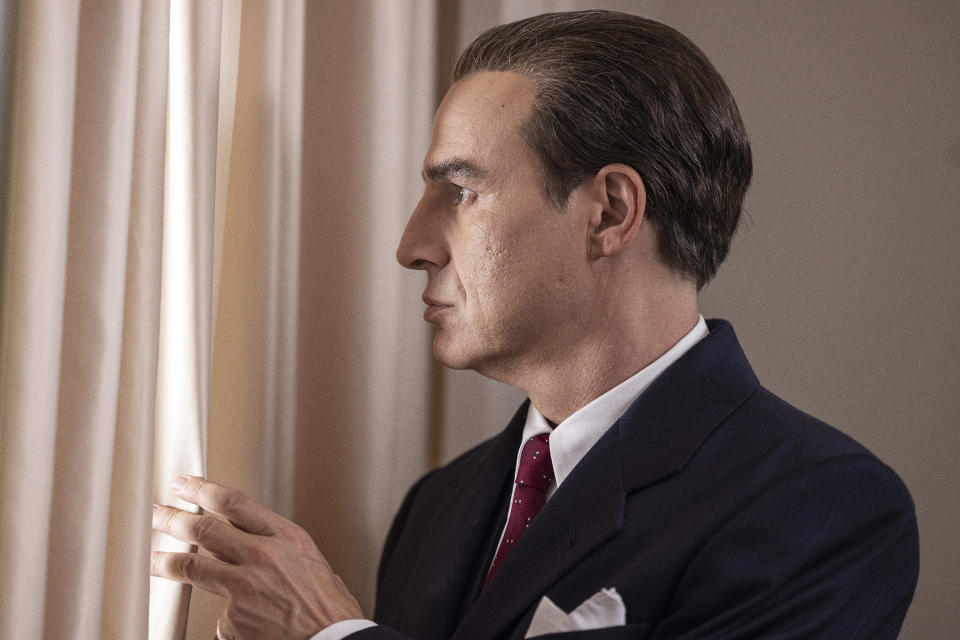
Described by Dior as “the master of us all,” Balenciaga was revered by clients, fashion critics and his peers for his technical virtuosity and for endlessly reinventing the female silhouette with revolutionary designs such as the cocoon coat and the sack dress.
“It’s a huge difficulty because it’s not only [do] you have to get the prototype and the shape right, you also have to get the right fabrics, and that is a big challenge because today, the fabrics, they don’t have any longer the same weight,” Daigeler said.
“Now the wools, they are much softer and they don’t have any longer this stiff body that the wools had in the ’40s, ’50s. And also he used a lot of heavyweight silks, and we were lucky that we could find gazar, that is like this famous fabric that Balenciaga used, and that helped a lot,” she said.
Daigeler admits she struggled with the balloon shapes, but was fortunate to work with a patternmaker who trained with members of Balenciaga’s team.
Among the outstanding costumes in the show is the white satin and mink wedding gown that Spanish aristocrat Fabiola de Mora y Aragón wore for her wedding to Belgium’s King Baudoin in 1960. Daigeler was reluctant to describe it as Balenciaga’s magnum opus.
“I can’t decide which one really is his masterpiece, because there are so many interesting shapes,” she said. “Sometimes he created really sculptures and I think that is his masterpiece, that he didn’t follow a mainstream. He has absolutely his own style and he progressed all the time. It was progression that is his masterpiece.”
Launch Gallery: Inside the Disney+ series "Cristóbal Balenciaga."
Best of WWD


